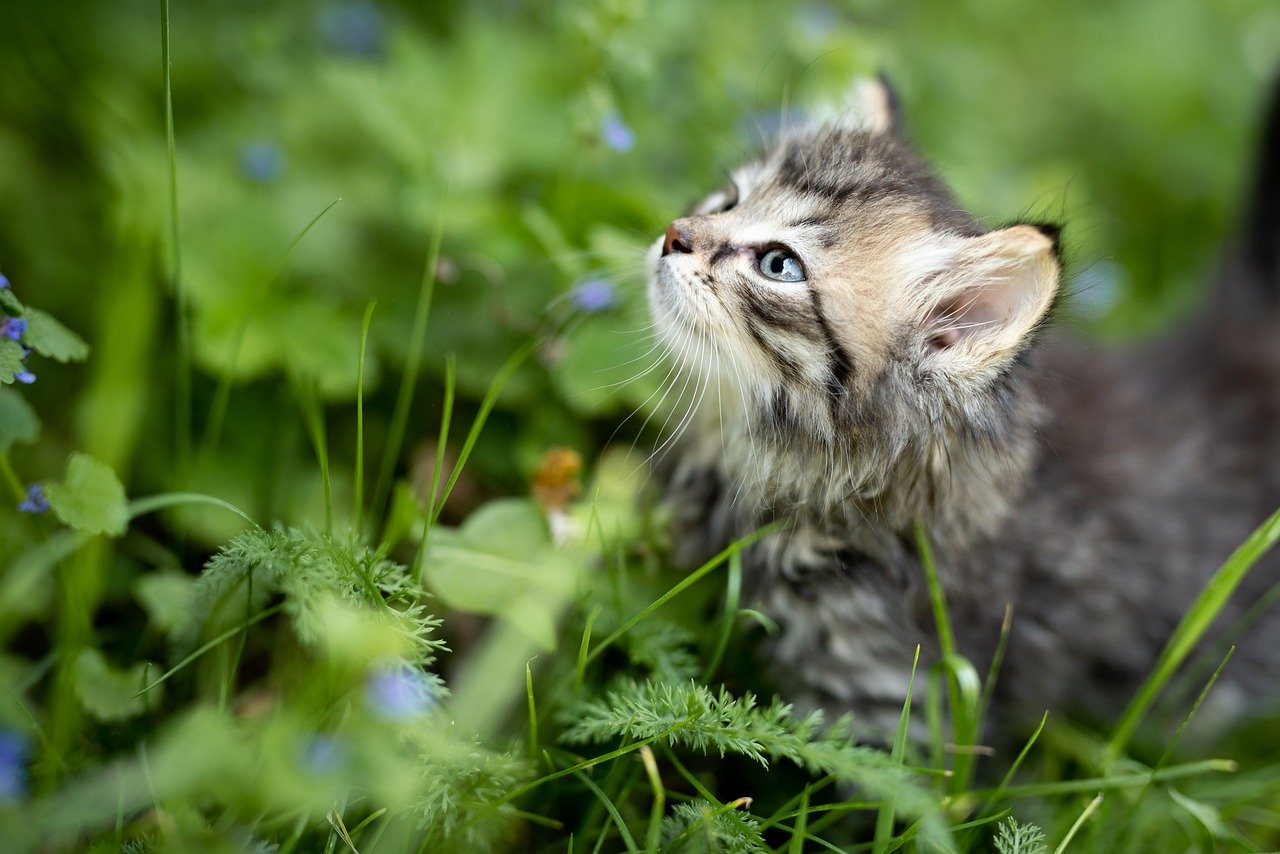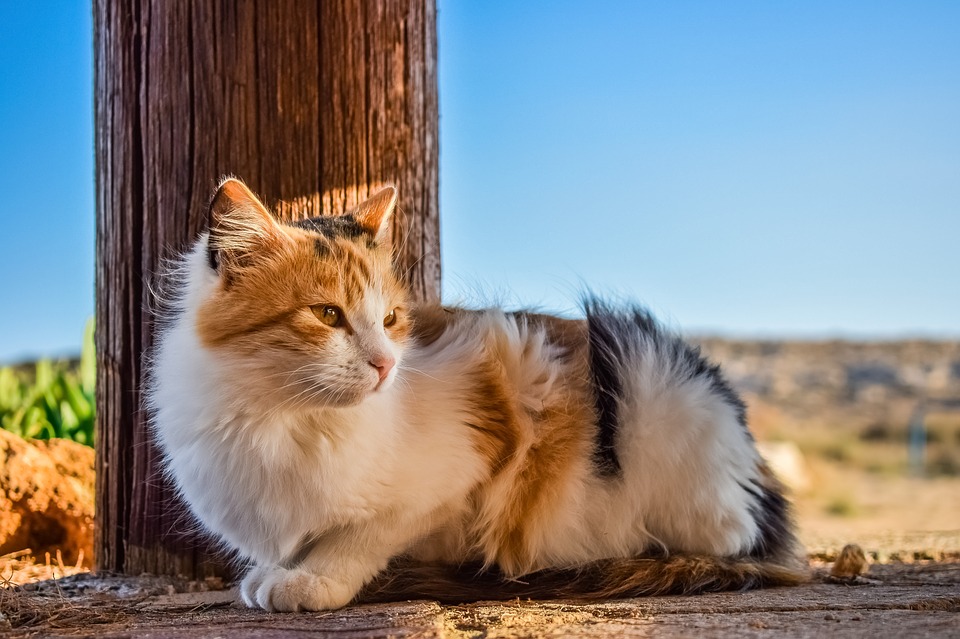
Seasoned travelers are familiar with the scene: aquatic blue skies with nary a cloud in the sky save for a vibrant rainbow that sometimes stretches across the expanse; the rustling of palms swaying in the gentle, warm breeze; the scent of saltwater and tropical flora; breathtaking crags of volcanic rock, tie-dye sunsets, and crystalline waves. And, of course, the beseeching meows of the many stray cats that live and roam about the islands of Hawaii.
In many parts of the world, it’s as common to encounter a stray cat as it would be to see a squirrel in most parts of the mainland U.S. In Hawaii, that is certainly true — street cats roam every corner of Hawaii’s eight islands. Though these cats are the same sweet animals that you might have in your home, they’re also natural predators and hunters, and their waste can carry deadly parasites. As pets, these aspects don’t cause problems. In the wild, they can, and have — specifically stray cats, have wreaked havoc on Hawaii’s special ecosystem.
Hawaii’s feral cats aren’t trying to damage their habitat since they are merely following their natural instincts. It’s on us as humans (who introduced the species to Hawaii), to make sure that wild cats don’t destroy Hawaii’s ecosystem.
By learning more about the problem, taking proper precautions as a cat-owner, and interacting appropriately with Hawaiian strays, you can be a part of the solution.
Hawaii’s Cat Colonies
Each of Hawaii’s eight islands is home to an enormous amount of stray cats, who were originally introduced by European settlers. Though they mostly live and sleep in forested areas, they are often bold around humans, hoping to procure a bite to eat. For any cat-lover visiting Hawaii, it makes complete sense to give the hungry feline some leftovers, or even buy some cans of food. However, doing so can cause larger problems.
Cat feces can contain a dangerous parasite toxoplasma gondii, which is deadly to many of Hawaii’s native animals. With such enormous numbers of cats living outdoors around Hawaii, and no humans to responsibly dispose of their waste, this parasite becomes especially threatening. The parasite commonly finds its way into the ocean, where wildlife is becoming infected and eventually dying. This epidemic has particularly affected Hawaii’s glorious monk seals.

The Importance of Responsible Pet Ownership
For residents of Hawaii, there are many ways to play a positive role in this unfortunate situation. If you have a cat, interact with strays, or are considering taking a new furry friend into your home, please remember to be a responsible pet owner. There are many ways to do this.
If you’ve become attached to a local stray, but they are resisting rescue/adoption, there is still a way to help them. If you feed them, consider taking them to a local vet before bringing them back to their wild habitat. The vet can take care of any potential health problems, administer any appropriate vaccinations, and neuter or spray the cat so they can’t produce another stray.
If you have your own cats at home, it’s important to microchip your pet for both their own safety and the wildlife surrounding them. Many of the stray cats that roam the Hawaiian countryside are the descendants of lost housecats, or they’ve been abandoned or have run away themselves. Microchipped cats have a much higher chance of being properly identified and eventually reunited with their humans. It’s also recommended that pet cats are contained indoors and get spayed or neutered; pet insurance can help with these costs.
If you are considering getting a pet cat or kitten, it’s crucial to think realistically and responsibility about your decision. Cats live for a long time — many make it to 16 or 17 years old — so you need to be honest with yourself about if you’re ready for the long-term commitment of owning one. Remember, abandoning your cat is not an option. It is not only cruel to the animal, but it also creates yet another stray cat affecting the local ecosystem. If keeping your cat is not possible, be sure that it goes to a reputable adoption center or is rehomed.
For families moving to Hawaii with an animal, be sure to properly prepare your pet for this upcoming change. Otherwise, you run the risk of them running off and being unable to find their way to you.
How Travelers Can Help
There are two unbreakable rules for visiting Hawaii: enjoy yourself, and behave respectfully. Being a responsible visitor to this slice of paradise, behaving respectfully means many things, from avoiding wearing chemical-laden sunscreens in the water to saying no to exploitative animal tourism.
Another major aspect of respectful tourism in Hawaii is helping to avoid exacerbating the stray cat problems. That means that, even if a cat is really cute and friendly, it’s still not a good idea for you to feed it, especially if you’re just going to leave afterwards.
Hawaii is a beautiful place, but like many parts of the world, it runs the risk of devastation by deforestation. By making small changes, individuals can help to prevent this tragedy. The same theory applies to the feral cat problem on these islands. Changes can be made, but it requires effort and thought to be made by tourists and locals alike. Never assume that you, the visitor, know best — stay informed and speak to locals!
You may also like
Top 7 Tips for Eco-Friendly Travel
10 Things You Can Do to Be More Eco-Friendly While Traveling
Beautiful Australia: A Perfect Destination for Eco-Conscious Travelers
